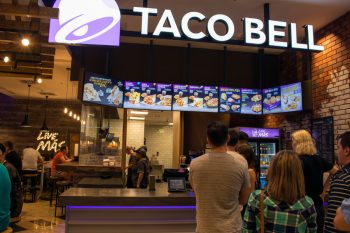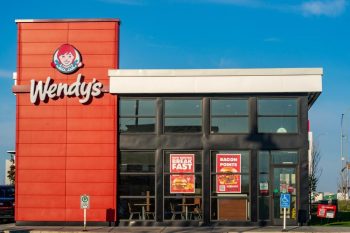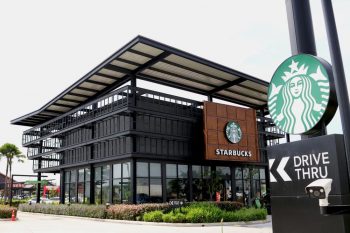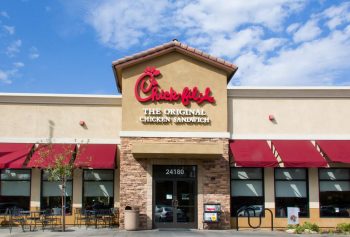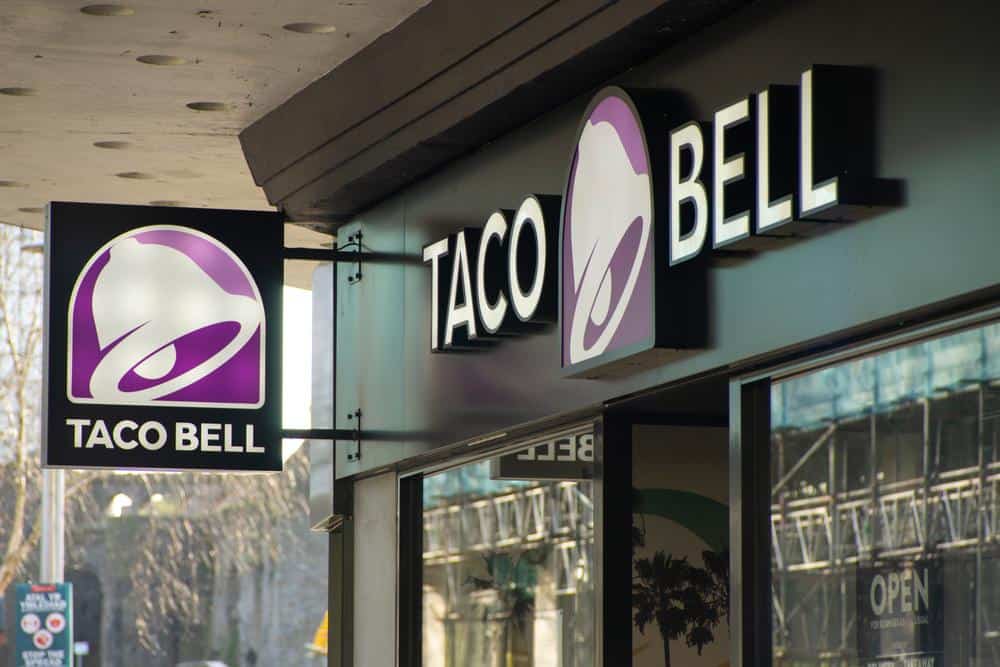
Whether you’re a fast-food aficionado or a casual consumer, you’ve likely noticed some changes at Taco Bell over the years. This article delves into the history, growth trajectory, business model changes, market positioning, menu evolution, and the challenges and future plans of this beloved fast-food giant.
Taco Bell has undergone significant changes over the years, driven by factors such as innovation, menu evolution, market positioning, and changes in business strategy. Despite facing challenges like supply chain issues, ingredient problems, and competition, the company has continued to grow and adapt. Its future plans include leveraging technology, introducing innovative restaurant designs, and enhancing the customer experience to maintain its competitive edge in the fast-food industry.
The History of Taco Bell
Taco Bell was born from Glen Bell’s humble beginnings with a hot dog stand in 1948, which later transitioned to a taco stand in 1954. The first Taco Bell restaurant opened in 1962 in Downey, California, with a menu featuring novel items like tacos, burritos, and tostadas. Rapid expansion followed, largely due to the franchise model adopted by Glen Bell.
Key factors in Taco Bell’s early success were streamlined operations for efficiency and speed, and a willingness to innovate. This innovation led to the introduction of new items, some of which became cult favorites, like the Crunchwrap Supreme and Doritos Locos Tacos.
Taco Bell’s Growth Trajectory
Over the years, Taco Bell’s growth has been driven by factors such as technology innovation, menu offerings, and expansion strategies. The company’s digital channel has grown by almost 35% year-over-year, with in-store kiosks now deployed in 100% of its restaurants.
Taco Bell opened 63 new stores globally in the second quarter of 2023, with a total of 7,241 domestic and 1,079 international restaurants. The company aims to operate 10,000 U.S.-based restaurants in the coming years, leveraging technology innovations and next-generation concepts to enhance customer experiences and streamline operations.
Significant Changes in Taco Bell’s Business Model
In recent years, Taco Bell has made significant changes to its business model and strategy, focusing on innovation, targeting millennials, and enhancing customer experience. This includes product innovation, digital-forward restaurant concepts, expanding high-end Cantinas, social impact programs, and employee-focused initiatives.
Events Impacting Taco Bell’s Market Position
Taco Bell’s market position has been significantly impacted by various events and decisions, including bold marketing stunts, social media marketing, e-commerce strategies, innovative menu items, partnerships and collaborations, and store design concepts.
Evolution of Taco Bell’s Menu
Taco Bell’s menu has evolved significantly since its founding in 1962, from five items each priced at 19 cents to a diverse menu featuring innovative and unique items. Customer response to these changes has been mixed, with some embracing the new items and others disappointed by the removal of their favorite menu options.
Challenges Faced by Taco Bell
Taco Bell has faced several challenges in recent years, including ingredient problems and a false advertising lawsuit, trademark disputes, supply chain challenges, and the need to enhance the digital and customer experience.
Impact of Competition on Taco Bell’s Performance
Despite facing challenges such as limited menu diversity and quality perception, Taco Bell has managed to remain competitive in the fast-food industry by focusing on effective marketing strategies, innovation, and improving customer experience.
Future Plans and Strategies
Taco Bell’s future plans and strategies to remain competitive include expanding its digital footprint, introducing innovative restaurant designs, and enhancing the customer experience.
Impact of Supply Chain Challenges
Taco Bell has faced supply chain challenges that have impacted its business in various ways. These supply chain issues have affected Taco Bell’s ability to serve its customers and meet their expectations. However, despite these challenges, Taco Bell and its parent company, Yum! Brands, have still experienced sales growth.
In conclusion, Taco Bell has gone through significant changes and faced numerous challenges over the years. However, through strategic planning, innovation, and a focus on customer experience, the company has managed to maintain its competitive edge in the fast-food industry. It’s clear that Taco Bell is committed to continuing its growth and improving its offerings to customers in the future.
Frequently Asked Questions
Who is the parent company of Taco Bell?
The parent company of Taco Bell is Yum! Brands, which also owns other fast-food giants like KFC and Pizza Hut.
What are some of the innovative menu items introduced by Taco Bell over the years?
Some of the innovative menu items introduced by Taco Bell include the Crunchwrap Supreme, Doritos Locos Tacos, and the Quesarito. They’ve also experimented with limited-time offerings and regional specialties.
What is the Taco Bell Cantina concept?
The Taco Bell Cantina concept is a higher-end version of the traditional Taco Bell restaurant. These Cantinas often feature unique menu items, alcohol, and a more upscale dining environment.
What were some of the challenges Taco Bell faced with its supply chain?
Specific details about Taco Bell’s supply chain issues aren’t covered in the above text. However, many fast-food chains have faced challenges with ingredient shortages, delivery disruptions, and increased costs due to global events like the COVID-19 pandemic.
What is Taco Bell’s strategy to compete in the fast-food industry?
Taco Bell’s strategy to remain competitive includes expanding its digital footprint, introducing innovative restaurant designs, enhancing customer experience, and continuously innovating its menu offerings.






